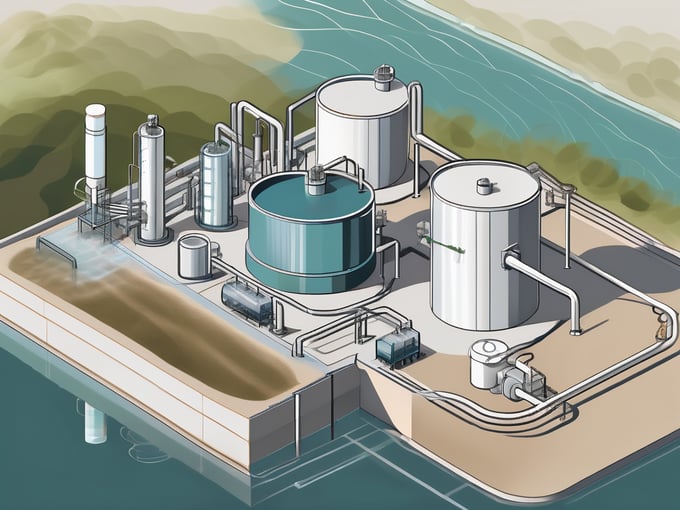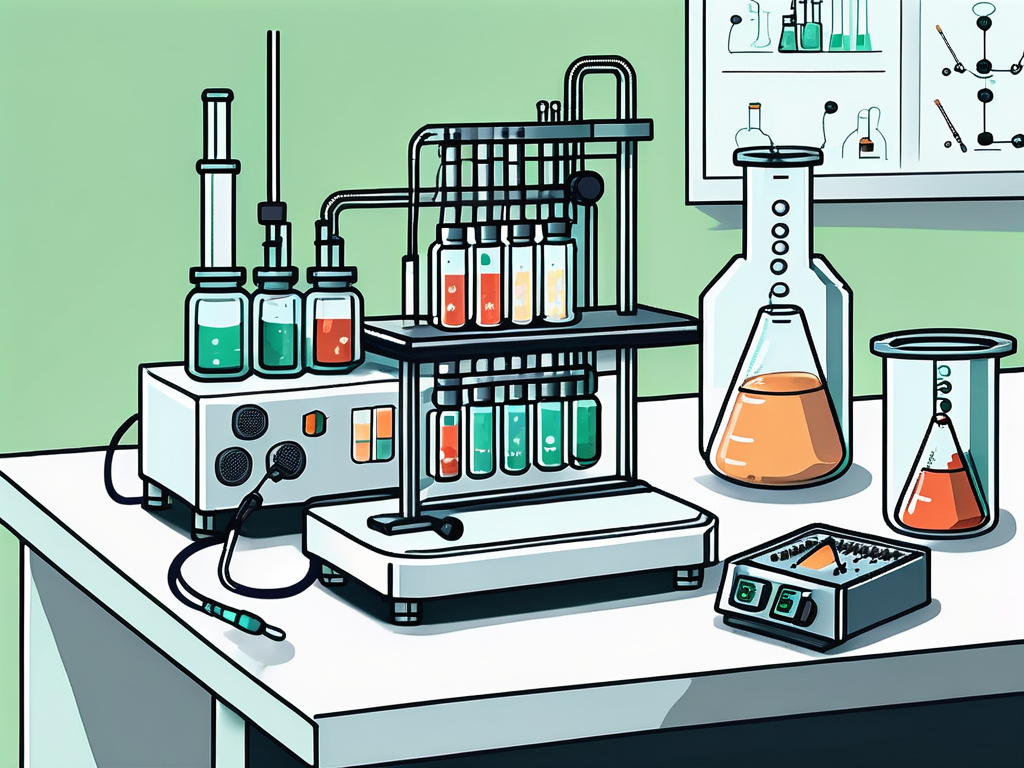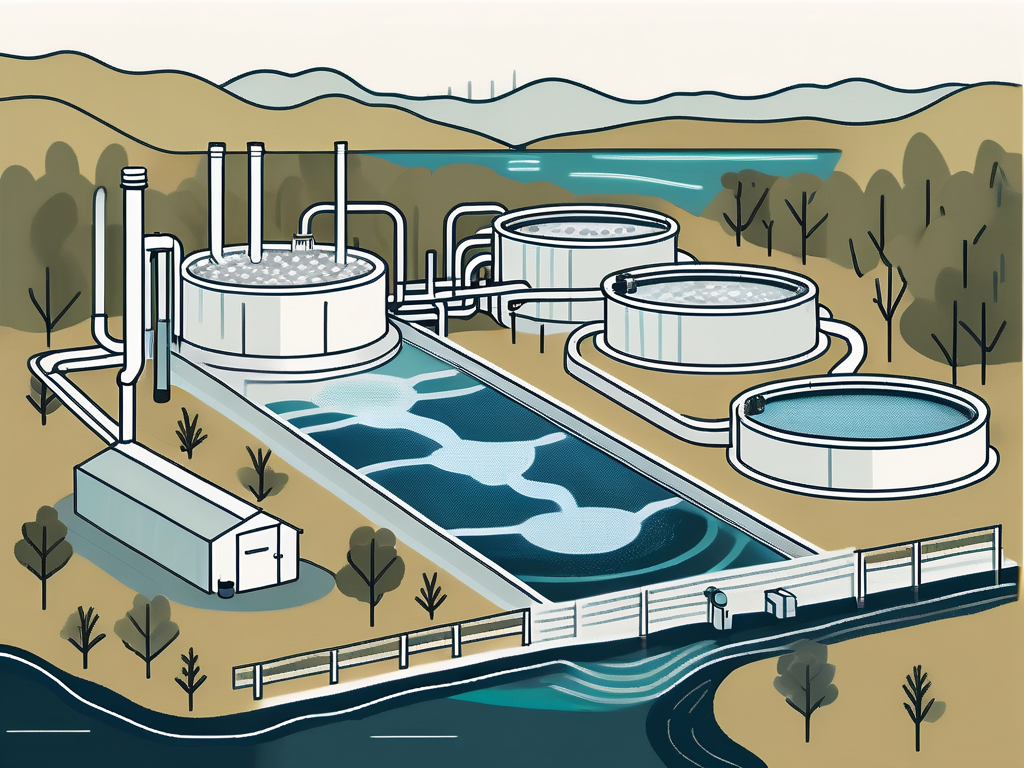
Toxicity Testing: Wastewater Treatment Explained
In the realm of environmental science and engineering, toxicity testing is a fundamental aspect of wastewater treatment. This process involves assessing the potential harm that a particular substance or mixture of substances can cause to living organisms. In the context of wastewater treatment, it is crucial to determine the toxicity levels of the water being treated to ensure that it is safe for discharge into the environment or reuse in various applications.
Wastewater treatment is a complex process that involves a series of physical, chemical, and biological methods to remove contaminants from water. The goal is to produce an effluent that can be safely returned to the water cycle with minimal impact on the environment. Toxicity testing plays a critical role in this process, helping to ensure that the treated water is not harmful to humans, animals, or the environment.
Understanding Toxicity Testing
Toxicity testing is a scientific analysis used to identify the harmful effects of substances on living organisms. It involves exposing specific test organisms to a substance and observing the effects. The results of these tests can provide valuable information about the potential risks associated with exposure to the substance in question.

The primary goal of toxicity testing is to protect public health and the environment by identifying potentially harmful substances. In the context of wastewater treatment, toxicity testing is used to ensure that the treated water is safe for discharge or reuse.
Types of Toxicity Tests
There are several types of toxicity tests, each designed to assess different aspects of a substance's potential harm. Acute toxicity tests, for example, measure the immediate effects of a substance on an organism, while chronic toxicity tests assess the long-term effects of repeated or prolonged exposure.
Sub-lethal toxicity tests, on the other hand, look at the effects of a substance that do not necessarily cause death but may impair an organism's ability to grow, reproduce, or carry out other essential functions. Each of these tests plays a crucial role in assessing the safety of wastewater for discharge or reuse.
Test Organisms
The choice of test organisms in toxicity testing is critical. These organisms should be sensitive to the substance being tested and should represent the types of organisms that could be exposed to the substance in the real world. Common test organisms in wastewater toxicity testing include fish, daphnia (a type of small crustacean), and algae.
These organisms are chosen because they are representative of the aquatic life that could be affected by the discharge of treated wastewater. Their reactions to the substances in the wastewater provide valuable information about the potential effects on other, similar organisms.
Wastewater Treatment Process
Wastewater treatment involves a series of processes designed to remove contaminants and make the water safe for discharge or reuse. The specific processes used can vary depending on the nature of the wastewater and the intended use of the treated water.

Generally, wastewater treatment involves three stages: primary treatment, which removes large solids; secondary treatment, which uses biological processes to remove dissolved and suspended organic matter; and tertiary treatment, which further cleans the water using advanced treatment methods.
Primary Treatment
The primary treatment stage is designed to remove large solids from the wastewater. This is typically achieved through a combination of screening and sedimentation processes. Screens are used to catch large objects, while sedimentation tanks allow smaller particles to settle to the bottom, where they can be removed.
Primary treatment is a crucial first step in the wastewater treatment process, as it helps to prevent damage to downstream equipment and processes. However, it is not sufficient to fully treat the wastewater, as many contaminants remain in the water after this stage.
Secondary Treatment
Secondary treatment is where the bulk of the wastewater treatment occurs. This stage uses biological processes to remove dissolved and suspended organic matter from the water. Microorganisms are used to break down this organic matter, turning it into sludge that can be removed from the water.
Secondary treatment is a critical stage in the wastewater treatment process, as it significantly reduces the amount of organic matter in the water. This helps to prevent oxygen depletion in bodies of water where the treated wastewater is discharged, which can be harmful to aquatic life.
Tertiary Treatment
Tertiary treatment, also known as advanced treatment, involves further cleaning the water after secondary treatment. This can involve a range of processes, including filtration, disinfection, and nutrient removal. The specific processes used depend on the quality of the water after secondary treatment and the intended use of the treated water.
For example, if the treated water is to be reused for irrigation, it may be necessary to remove certain nutrients that could be harmful to plants. Similarly, if the water is to be discharged into a sensitive ecosystem, additional treatment may be required to ensure that it does not harm the local wildlife.
Role of Toxicity Testing in Wastewater Treatment
Toxicity testing plays a crucial role in the wastewater treatment process. It provides a way to assess the effectiveness of the treatment processes in removing harmful substances from the water. By testing the treated water for toxicity, it is possible to determine whether it is safe for discharge or reuse.
Furthermore, toxicity testing can also help to identify any potential problems with the treatment process. For example, if the treated water is found to be toxic, this could indicate that the treatment processes are not working effectively and need to be adjusted.
Pre-Treatment Testing
Before the wastewater is treated, it is often tested for toxicity. This can provide valuable information about the types of contaminants present in the water and help to guide the treatment process. For example, if the wastewater is found to be highly toxic, it may be necessary to use more advanced treatment methods to ensure that the water is safe for discharge or reuse.
Pre-treatment toxicity testing can also help to identify any potential risks associated with handling the wastewater. For example, if the wastewater is found to be toxic, special precautions may need to be taken to protect the workers who are handling the water.
Post-Treatment Testing
After the wastewater has been treated, it is tested again for toxicity. This is to ensure that the treatment process has been effective in removing harmful substances from the water. If the treated water is found to be non-toxic, it can be safely discharged or reused.
Post-treatment toxicity testing is a critical step in the wastewater treatment process. It provides a final check to ensure that the treated water is safe for its intended use. If the treated water is found to be toxic, further treatment may be required before it can be discharged or reused.
Conclusion
Toxicity testing is a crucial component of the wastewater treatment process. It provides a way to assess the safety of the treated water and ensure that it is not harmful to humans, animals, or the environment. By understanding the role of toxicity testing in wastewater treatment, we can better protect public health and the environment.
Whether it's determining the types of treatment processes needed, ensuring the safety of workers handling the wastewater, or confirming the effectiveness of the treatment processes, toxicity testing plays a vital role at every stage of the wastewater treatment process. It is a key tool in our efforts to manage and mitigate the impacts of wastewater on our environment.



